Delicious Mangoes
May through August is mango season here in Florida, and honestly, I’m having the time of my life. Every morning, I wake up, grab a big, juicy mango, and let its golden sweetness kick off my day. Don’t ask me what variety—I just know it’s delicious, and that’s all that matters when you’re basking in the glow of mango season.
But my love affair with mangoes started long before I ever set foot in the Sunshine State. My very first encounter with a mango happened in England, probably when I was about four or five years old.
You can’t grow mangoes in England—the weather’s too cold and damp, definitely not the right climate for my tropical friends. But my mother managed to find a large can of mangoes, and inside were maybe six or seven golden pieces. She divided them among the family, and I got one whole mango to myself. When I sunk my little teeth into that fruit, I didn’t stop eating or chewing on the fibers until the seed was completely white. My dad nudged my mum and said, “That’s impressive.” From that moment, I was hooked.
If you’re curious about the world’s sweetest mangoes, you’re in for a treat. From the legendary Nam Dok Mai of Thailand to the Carabao mangoes of the Philippines, there’s a whole universe of flavor to discover. Let’s dive into why eating mangoes is one of the best things you can do for your taste buds—and your health.
A World Tour of the Sweetest Mangoes
Mango lovers know that not all mangoes are created equal. Here are a few of the sweetest, most sought-after varieties from around the globe:

Mango – Nam Dok Mai
Nam Dok Mai – my #1 MANGO (Thailand): If you’re hunting for the world’s sweetest mangoes, Thailand’s Nam Dok Mai is always at the top of the list. This variety is legendary for its honey-like sweetness, delicate floral notes, and buttery, fibreless texture that practically melts in your mouth. It’s no wonder Nam Dok Mai is the pride of Thai mango lovers and a must-try for anyone chasing that perfect, juicy bite.
But here’s the cool part—I’ve actually got a Nam Dok Mai tree growing right in my own yard. I purchased this beauty in Fort Lauderdale. This tree has been my pride and joy. I’ve pampered it, fed it, and watched over it like a mango-obsessed parent. The first year it fruited, it gave me exactly one mango—just a teaser, but oh, was it worth the wait! Fast forward to 2025, and the tree finally decided to show off: I’m looking at about 100 gorgeous mangoes hanging from the branches, still ripening as I write this. This tree decided to throw a mango party after all that TLC.
If you ever spot Nam Dok Mai mangoes at a Florida farmer’s market in June or July, don’t hesitate—grab them! But honestly, nothing beats the excitement of seeing your own tree loaded up with these golden beauties. It’s a sweet reward for a little patience and a lot of mango love.
- Carabao (Philippines): Recognized by the Guinness Book of World Records as the sweetest mango in the world, the Carabao mango is the pride of the Philippines. Its juicy, melt-in-your-mouth texture is legendary.
- Alphonso (India): Often called the “king of mangoes,” Alphonso is beloved for its rich, creamy flesh and intense sweetness. It’s a favorite for desserts and smoothies.
- Chaunsa (India/Pakistan): If you have a serious sweet tooth, Chaunsa is the mango for you. It’s soft, creamy, and packed with natural sugars.
- Kent (Ecuador, Peru, Mexico): With a perfect balance of sweetness and a hint of tartness, Kent mangoes are a go-to for juicing and drying.
- Palmer (Florida, Brazil): These giants can weigh up to 2 pounds and are filled with sweet, juicy flesh—perfect for smoothies and fruit salads.
- Haden (Florida): The classic Florida mango, Haden is hearty, flavorful, and a staple at local markets.
- Mingolo (Dominican Republic): Mingolo mangoes super sweet, with a smooth texture and a green skin that turns a vibrant yellow when ripe. They’re perfect for anyone craving a juicy, tropical treat that’s easy to enjoy in one sitting.
Mango Nutrition: More Than Just a Sweet Treat
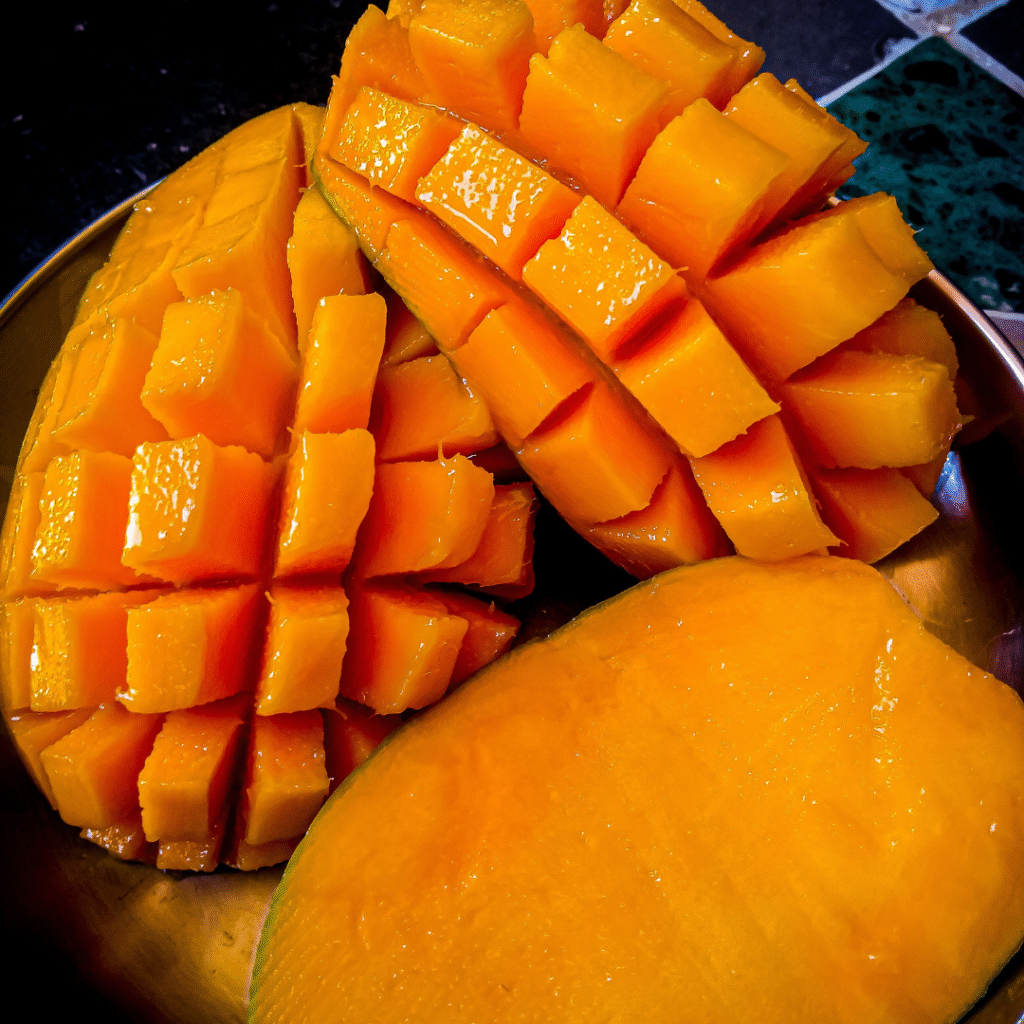
Mango
Mangoes aren’t just about flavor—they’re nutritional powerhouses. Here’s what you get in just one cup (about 165 grams) of fresh mango:
- Calories: 99
- Protein: 1.4 grams
- Carbs: 24.8 grams
- Fiber: 2.6 grams
- Sugar: 22.6 grams
- Vitamin C: 67% of your daily value
- Copper: 20% of your daily value
- Folate: 18% of your daily value
- Vitamin B6: 15% of your daily value
- Vitamin A: 10% of your daily value
- Vitamin E: 10% of your daily value
- Vitamin K: 6% of your daily value
- Potassium: 6% of your daily value
That’s a serious nutritional punch for something that tastes like dessert.
Top Health Benefits of Eating Mangoes
Immune System Support
Mangoes are loaded with vitamin C and vitamin A, two nutrients that play a crucial role in keeping your immune system strong. Vitamin C helps your body produce more white blood cells and improves their effectiveness, while vitamin A is essential for your body’s natural defenses.
Gut and Digestive Health
If you want to keep your digestive system happy, mangoes are your friend. They’re rich in fiber, which helps keep things moving and supports a healthy gut. Plus, mangoes contain amylase enzymes and polyphenols like mangiferin, which can relieve constipation and reduce intestinal inflammation.
A study even found that people with chronic constipation who ate mangoes for four weeks experienced significant improvement—thanks to both the fiber and the unique plant compounds in the fruit.
Antioxidant Powerhouse
Mangoes are packed with antioxidants, including polyphenols like mangiferin, catechins, and gallic acid. These compounds help protect your cells from free radical damage, which is linked to aging and chronic diseases like cancer and heart disease.
Heart Health
Eating mangoes may help keep your heart in top shape. The fiber, potassium, and magnesium in mangoes support healthy blood pressure and cholesterol levels. Meanwhile, antioxidants and anti-inflammatory compounds help protect your blood vessels from damage.
Eye and Skin Health
The vitamin A in mangoes is key for good vision and healthy skin. Vitamin C, on the other hand, helps your body produce collagen, which keeps your skin firm and supports wound healing.
May Help Control Blood Sugar
Despite their sweetness, mangoes have a low glycemic index and contain polyphenols that may help regulate blood sugar levels. Some research suggests that eating mangoes in moderation can support healthy insulin production and glycemic control.
Anti-Inflammatory Effects
Mangoes contain compounds like mangiferin and gallic acid that have been shown to reduce inflammation in the body, which may help with conditions like ulcerative colitis and Crohn’s disease.
Versatility in the Kitchen
Beyond all the health benefits, mangoes are just fun to eat. You can enjoy them fresh, toss them into smoothies, add them to salads, or use them in salsas, desserts, and even savory dishes. Their bright flavor brings a taste of the tropics to any meal.
How to Enjoy Mangoes Every Day
If you’re like me, you don’t need an excuse to eat a mango every morning. But if you want to mix things up, here are a few ideas:
- Mango Smoothie: Blend mango with Greek yogurt, a splash of orange juice, and a handful of ice for a refreshing breakfast.
- Mango Salsa: Dice mango and mix with red onion, cilantro, lime juice, and jalapeño for a sweet and spicy topping for grilled fish or chicken. See recipe below for a great mango salsa.
- Mango Salad: Toss mango cubes with avocado, cherry tomatoes, and a sprinkle of chili powder for a vibrant salad.
- Mango Sticky Rice: If you can find Nam Dok Mai mangoes, try your hand at Thailand’s famous dessert—sticky rice cooked in coconut milk, served with fresh mango slices.
__________________________________________
Mango Salsa Recipe
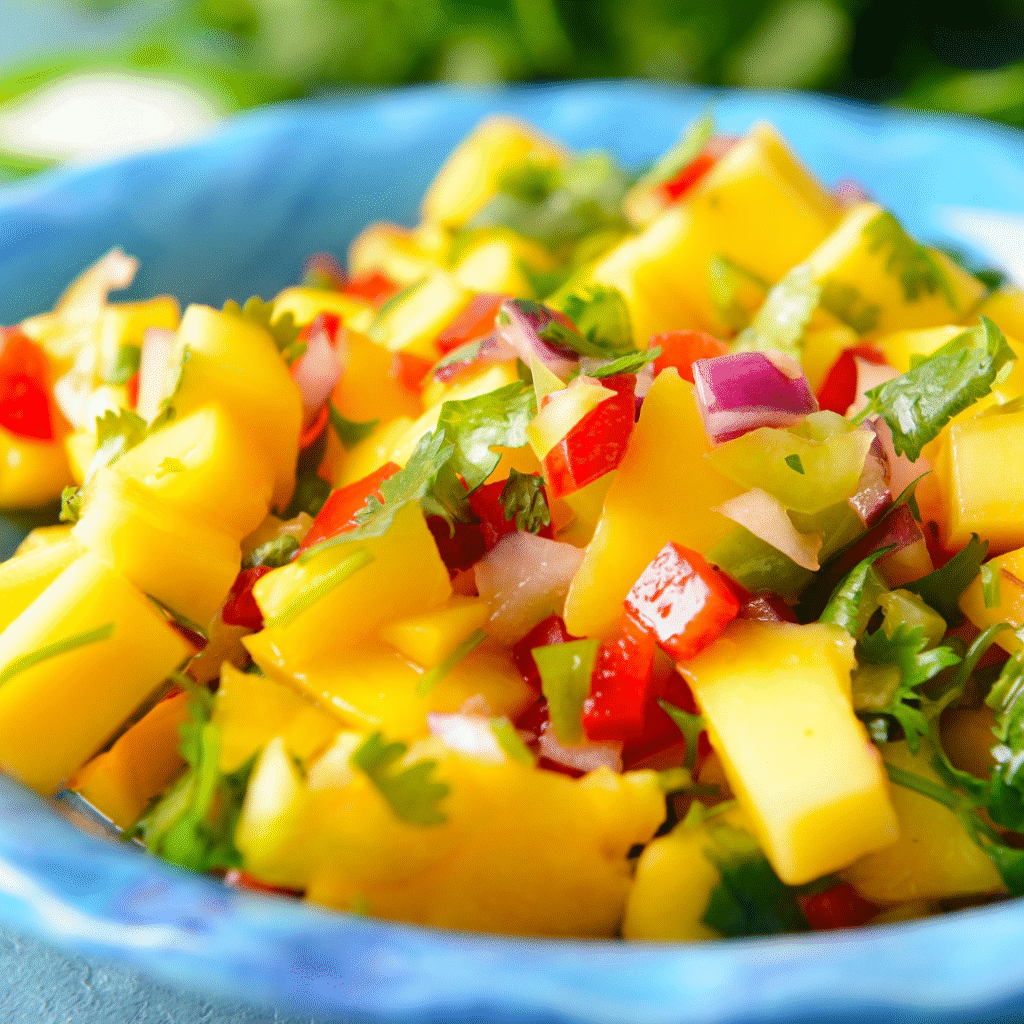
Mango Salsa
Mango salsa is a vibrant and refreshing accompaniment that pairs beautifully with grilled meats, fish, or as a delicious dip with tortilla chips.
Ingredients
- 2 ripe mangoes, peeled, seed out and diced
- 1 red bell pepper, finely diced
- 1 small red onion, finely chopped
- 1 jalapeño pepper, seeded and minced (adjust to taste)
- 1/4 cup fresh cilantro, finely chopped
- Juice of 2 limes
- Salt and pepper to taste
Let’s Make This
- Prepare the Mangoes: Start by peeling and pitting the mangoes. Dice them into small, bite-sized pieces and place them in a mixing bowl.
- Chop the Vegetables: Dice the red bell pepper and finely chop the red onion. Add these to the bowl with the mangoes.
- Add Some Heat: Mince the jalapeño pepper, removing the seeds for less heat if desired. Add it to the bowl.
- Cilantro and Lime: Chop the fresh cilantro and add it to the mixture. Squeeze the juice of two limes over the salsa.
- Season: Add salt and pepper to taste. Mix everything together until well combined.
- Chill and Serve: Cover the bowl and refrigerate the salsa for at least 30 minutes to allow the flavors to meld. Serve chilled with your favorite dishes or as a dip.
Enjoy this fresh and zesty mango salsa with your meal, enhancing it with its sweet and tangy flavors!
A Few Things to Keep in Mind
Mangoes are high in natural sugars, especially when fully ripe. If you’re watching your sugar intake or managing your weight, enjoy them in moderation. And as with any fruit, listen to your body—if you have allergies or sensitivities, check with your doctor before making mangoes a daily habit.
There’s something magical about mango season in Florida. Whether you’re savoring a local Haden or tracking down a rare Nam Dok Mai, every bite is a celebration of summer. With their unbeatable flavor and impressive health benefits, mangoes truly are one of nature’s best gifts.
Disclaimer: I’m not a health professional. Everything here is based on my own research and experiences. If you have specific health concerns or dietary needs, please consult a qualified healthcare provider before making changes to your diet.




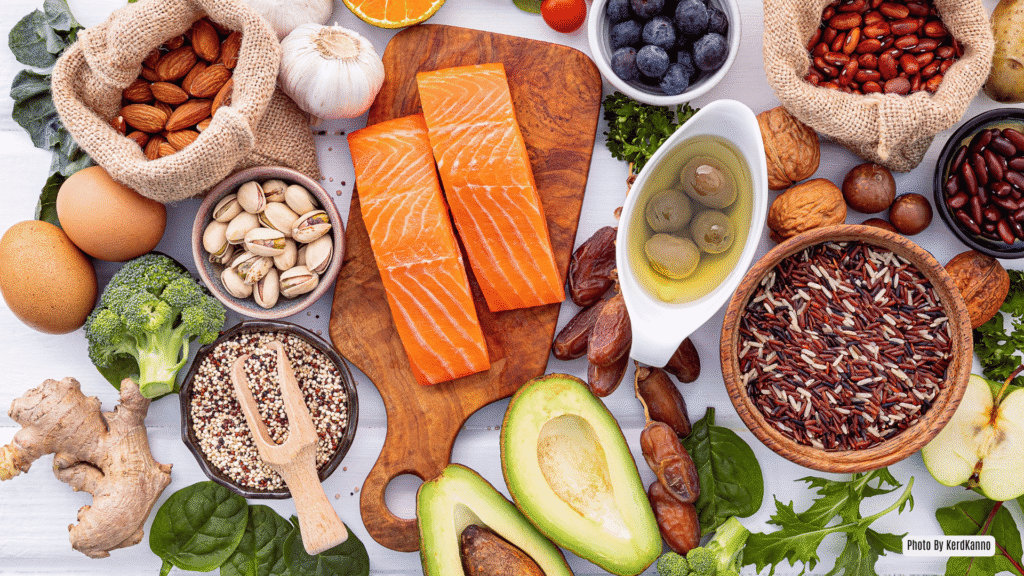
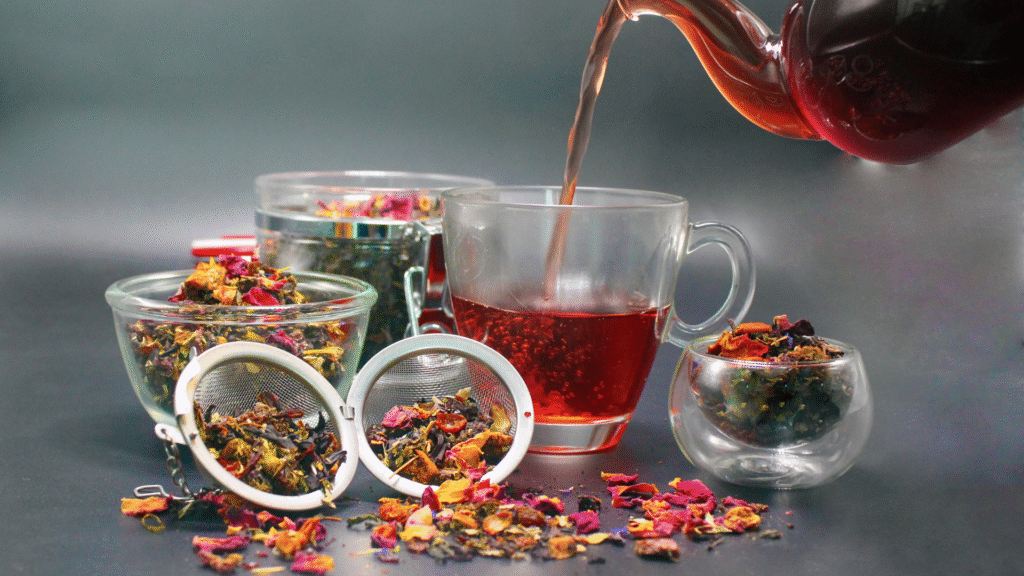
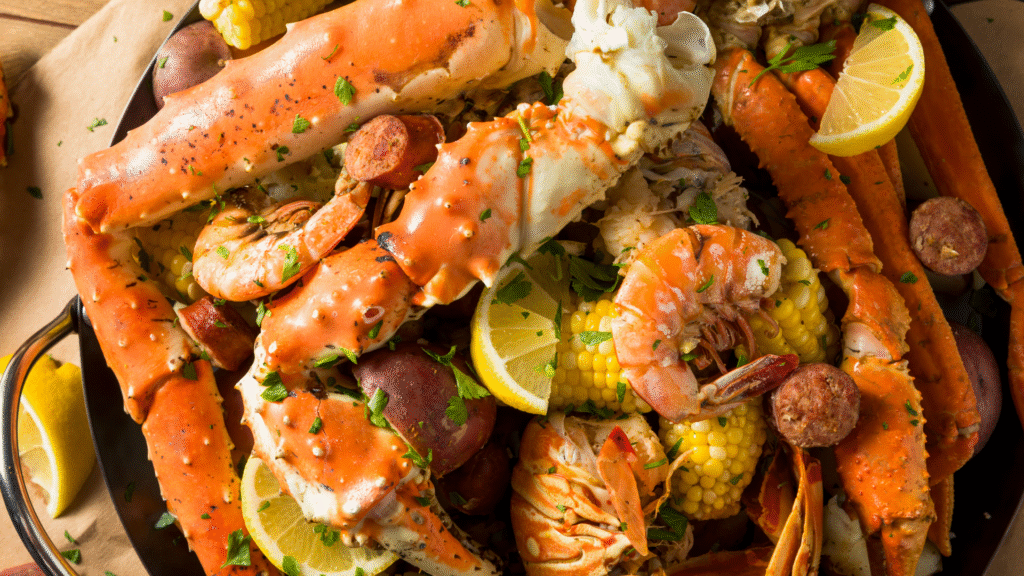





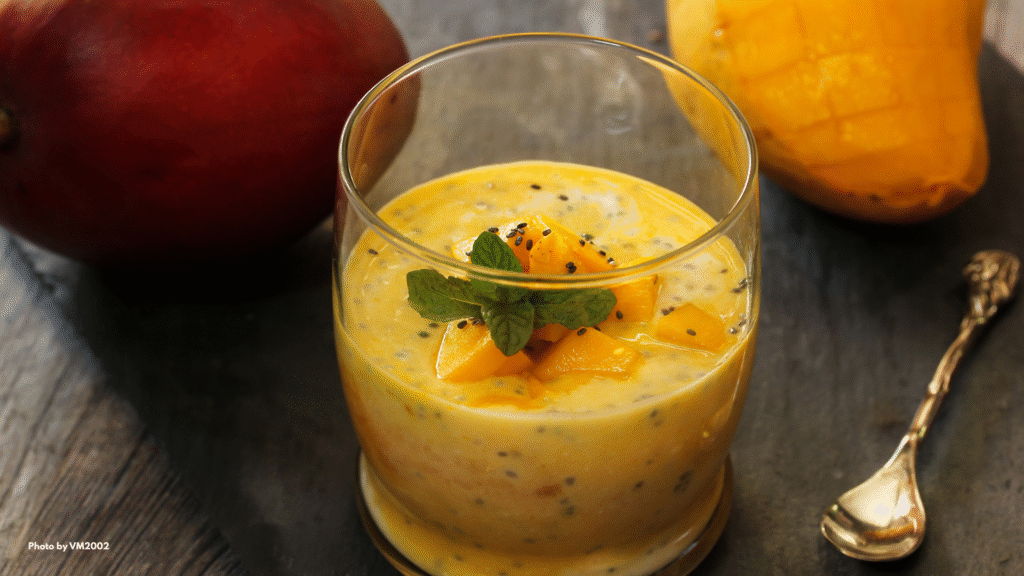


0 Comments